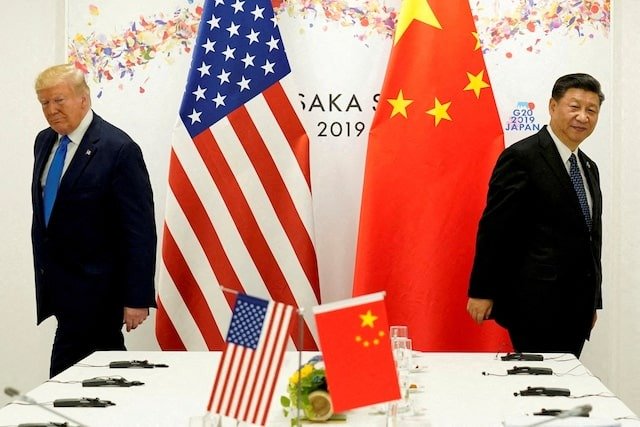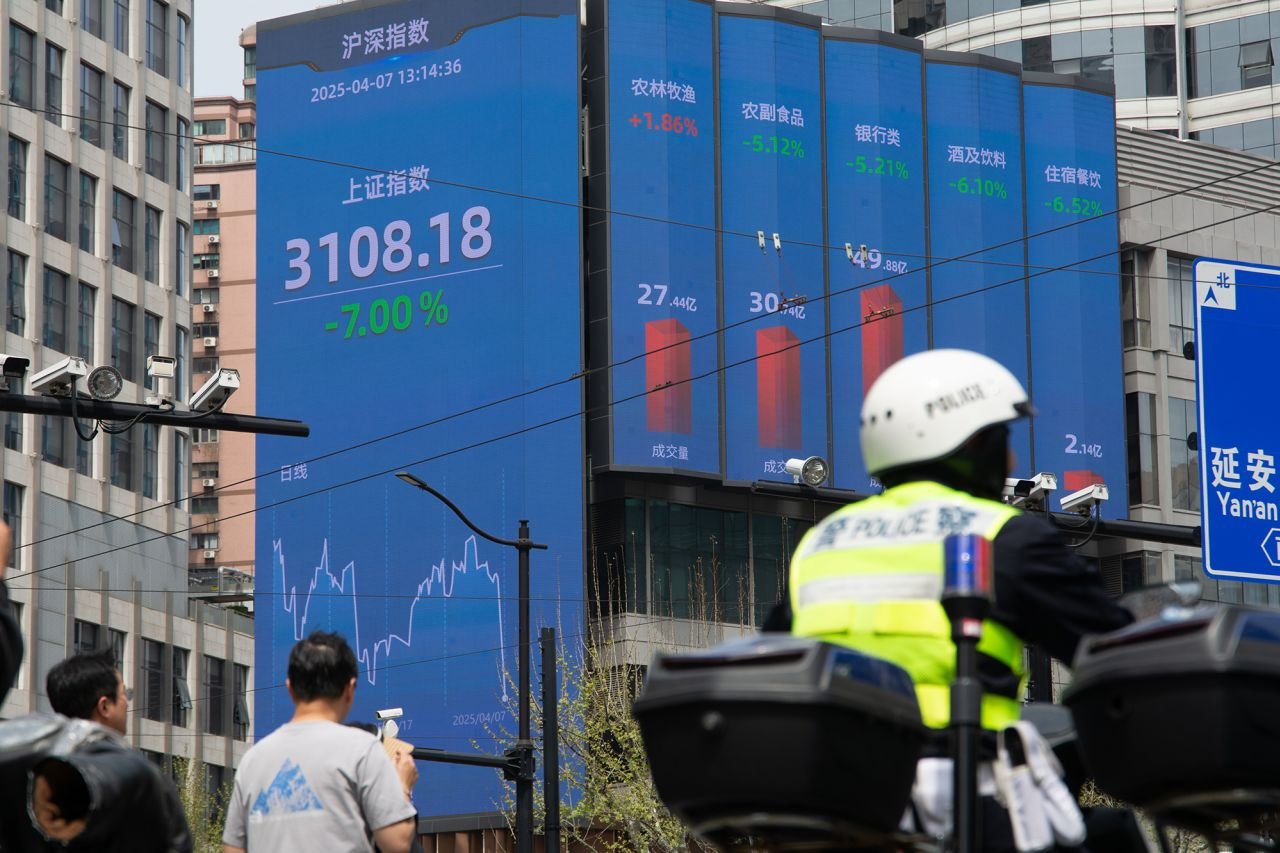In a significant escalation of the ongoing trade tensions between the United States and China, China’s finance ministry announced on April 4 that it will impose an additional 34% tariff on all US goods starting from April 10. This move comes as a direct response to President Donald Trump’s decision to impose a 34% tariff on Chinese imports, bringing the total tariff rate on Chinese goods to 54%. The Chinese government has labeled the US tariffs as “unilateral bullying practices” that violate international trade rules.
The imposition of these tariffs is expected to have far-reaching economic implications for both countries. For the US, the tariffs could lead to increased prices for a wide range of goods, including electronics and clothing. This is because importers often pass on the additional costs to consumers, resulting in higher prices for everyday items. Furthermore, economists predict that these tariffs could drive up inflation rates, potentially doubling the current rate from 2.8% to 5%. The Tax Foundation estimates that the imposed tariffs on China, Canada, Mexico, steel, and aluminum would reduce US economic output by 0.4 percent.
China’s retaliatory measures are not limited to tariffs alone. The country has also added 16 US entities to an export control list and classified 11 others as “unreliable” entities. Additionally, China’s customs agency has announced that it will halt chicken imports from some American agricultural exporters. These actions highlight China’s determination to stand firm against what it perceives as unjust trade practices by the US.
The trade war between the US and China has already had a significant impact on global supply chains. Analysts warn that further escalation could disrupt these supply chains even more, affecting businesses and consumers worldwide. Moreover, the uncertainty surrounding trade policies is likely to have a negative impact on investment and economic growth in both countries. The immediate market response has been notable, with the S&P 500 experiencing a 0.72% decline following the tariff announcements. This highlights the sensitivity of financial trading to trade policy developments.
In response to the US tariffs, China has also filed a lawsuit with the World Trade Organization (WTO), arguing that the US measures seriously violate WTO rules and undermine the multilateral trading system. This legal action underscores China’s commitment to defending its interests through international institutions and highlights the broader implications of the trade conflict for the global economic order.
As the trade war continues to unfold, both the US and China face significant challenges. For the US, the tariffs could lead to higher consumer prices and potential economic instability. For China, the additional tariffs on US goods are a necessary measure to protect its economic interests and respond to what it sees as unfair trade practices. The outcome of this trade conflict will undoubtedly have lasting effects on the global economy and the relationship between these two major powers.




